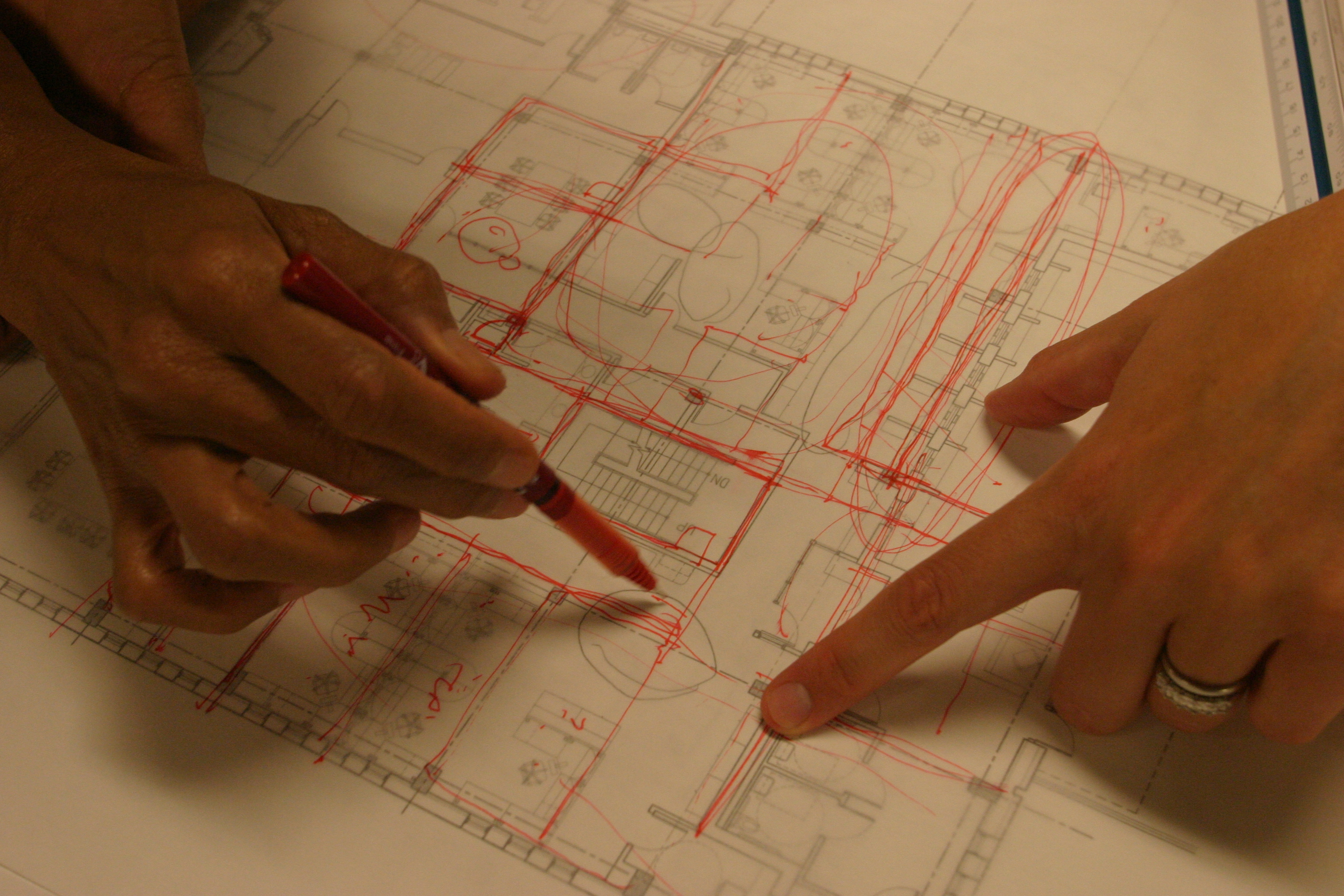When buildings or structures, except exempt structures such as farm structures, are constructed in Virginia and when work is done on existing buildings and structures, the Virginia Uniform Statewide Building Code (USBC) ensures that a minimum level of safety is achieved. After the work is completed, the Virginia Statewide Fire Prevention Code (SFPC) ensures that the level of safety in those buildings and structures is maintained. The USBC regulates construction-related aspects of fire safety and the SFPC regulates certain maintenance and operational related aspects of fire safety in existing buildings and outdoors. Both regulations incorporate provisions of the International Fire Code (IFC), a national model code that contains a comprehensive set of fire safety regulations that was developed to be used as a stand-alone code in jurisdictions that do not have a building code, or to be used in conjunction with the International Building Code (IBC) in localities that utilize the IBC as their model building code. The IFC also contains fire prevention regulations related to operations and the maintenance of buildings, structures, and systems, that can be referenced in jurisdictions that have a fire prevention code.
In Virginia, the IBC is incorporated as part of the USBC for construction. The IBC references the IFC for requirements related to hazardous materials, spray finishing, high-piled combustible storage, tents, and several other items. Each time the IFC is referenced, those provisions of the IFC are incorporated as an enforceable part of the IBC, and since the IBC is incorporated as part of the USBC, those referenced provisions of the IFC are incorporated as part of the USBC. When enforcing the USBC, it is important to remember that any references to the IFC are just that, and are not a reference to the SFPC.
The SFPC in Virginia is applicable to certain operations and to the maintenance of buildings and structures after a certificate of occupancy is issued or the work regulated by the USBC is completed and approved. It also includes some regulations specific to items that are not regulated by the USBC, such as food trucks. The SFPC incorporates those portions of the IFC, not incorporated by the USBC, that are related only to operations and the maintenance of buildings, structures, equipment, activities, and systems. The administrative provisions of the SFPC state that any provisions of the model codes that relate to the scope of enforcement of the code are deleted and replaced by the administrative provisions of the SFPC. Since the scope of the SFPC does not include the design, construction or installation of buildings, structures, systems, equipment or fire protection systems, those provisions are not incorporated as part of the SFPC.
The Virginia SFPC was edited during the 2015 code update cycle to remove references to construction requirements brought in from the IFC, in an effort to eliminate confusion over what is enforceable in the SFPC and what is not.
Local governments in Virginia are required to enforce the USBC. Enforcement of the SFPC is at the option of the local governments. The State Fire Marshal’s Office has the authority to enforce the SFPC in those localities in which there is no local SFPC enforcement.
The USBC and SFPC contain enforcement procedures that must be used by the enforcing agency as well as provisions for administrative appeals to resolve disagreements that may occur between the enforcing agencies and an aggrieved party.
Submitted by the Virginia Department of Housing and Community Development




